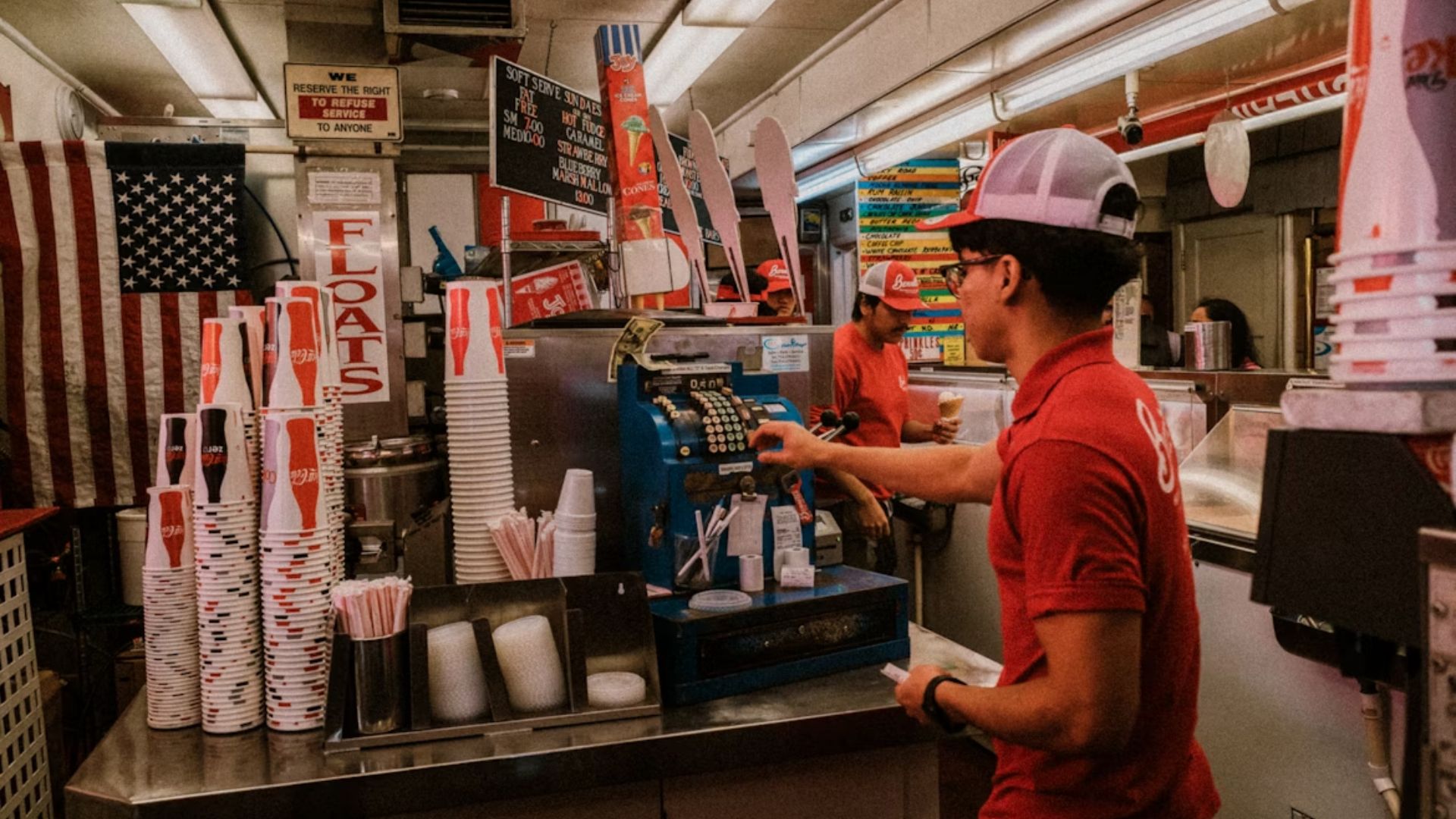Analysts Say the U.S. Economy Has Become ‘K-Shaped’

Analysts say the U.S. economy is splitting into two paths, forming what experts describe as a “K-shaped” recovery. The term refers to a pattern where some sectors and households continue to gain while others fall behind. According to Wells Fargo analysts, large corporations and higher-income earners are seeing stronger growth, while small businesses and lower-income consumers face growing pressure from rising costs and limited access to credit.
What ‘K-Shaped’ Really Means

A K-shaped economy describes an uneven rebound where different groups move in opposite directions. One line of the K rises while the other declines. After major disruptions, wealthier households and large firms tend to recover faster, while others lag behind. Economists say this pattern has become more visible since the pandemic, showing how recovery rates now vary sharply across industries and income levels.
Technology Accelerates the Divide

Experts link the widening divide to the rapid growth of artificial intelligence and automation. Data from Wells Fargo shows that large companies investing in AI have seen productivity gains of about 5.5% since late 2022, while smaller firms experienced a 12.3% drop in real revenue per worker. The surge in tech investment has given major corporations a head start that smaller businesses are struggling to match.
Small Businesses Fall Behind

Smaller companies are facing tighter conditions as borrowing costs remain high and credit options shrink. Many report slower sales and declining productivity, limiting their ability to compete with larger firms. Analysts at Wells Fargo note that without a meaningful drop in interest rates, small and mid-sized businesses may continue to lose ground in an economy increasingly dominated by major corporations.
A Split Among Consumers

The divide is also evident in how Americans spend. Wealthier households have maintained or even increased discretionary spending, while lower-income families have scaled back on daily necessities. According to JPMorgan’s Cost of Living Survey, views of the economy now differ sharply by income group. Higher earners report financial stability, while many lower-income households continue to feel the strain of persistent inflation.
Travel and Auto Trends Reveal the Gap

The uneven recovery is visible in sectors like travel and autos. Kelley Blue Book data shows the average new car price recently surpassed $50,000, a level sustained by wealthier buyers. Airlines report that premium seats now drive most of their revenue, reflecting demand from high-income travelers even as budget-conscious consumers cut back. These patterns show how recovery strength differs across customer groups.
Housing and Wealth Concentration

Rising home values and stock market gains have benefited wealthier Americans, widening the wealth gap. Many middle- and lower-income households, burdened by high rent and credit card debt, have seen little improvement. Economists say this reflects how financial markets reward those with existing capital, leaving others with fewer opportunities to build long-term wealth through property ownership or investment growth.
Interest Rates Reinforce Inequality

High interest rates are prolonging the divide, analysts say. Wells Fargo notes that only a substantial drop in borrowing costs, particularly in the 10-year Treasury yield, could ease financial strain for smaller firms and lower-income borrowers. As long as rates remain elevated, access to affordable loans will favor those already in stronger financial positions, making it difficult for others to catch up.
Signs of a Possible Shift

Some business leaders believe the gap could begin to narrow in the coming year. Hilton CEO Christopher Nassetta said the pattern may start to stabilize as inflation cools and borrowing costs decline. As the labor market and consumer spending adjust, economists expect middle-income households to regain some balance, though it remains uncertain how quickly conditions will improve across sectors.
A Two-Speed Economy

For now, analysts agree the U.S. economy is running at two speeds. One is marked by strong growth among major corporations and high-income households, while the other is defined by tighter budgets and slower progress. “Winners keep winning in this K-shaped economy,” Wells Fargo analysts wrote. Experts say that without broader access to credit and investment, this divide could persist well into the next economic cycle.